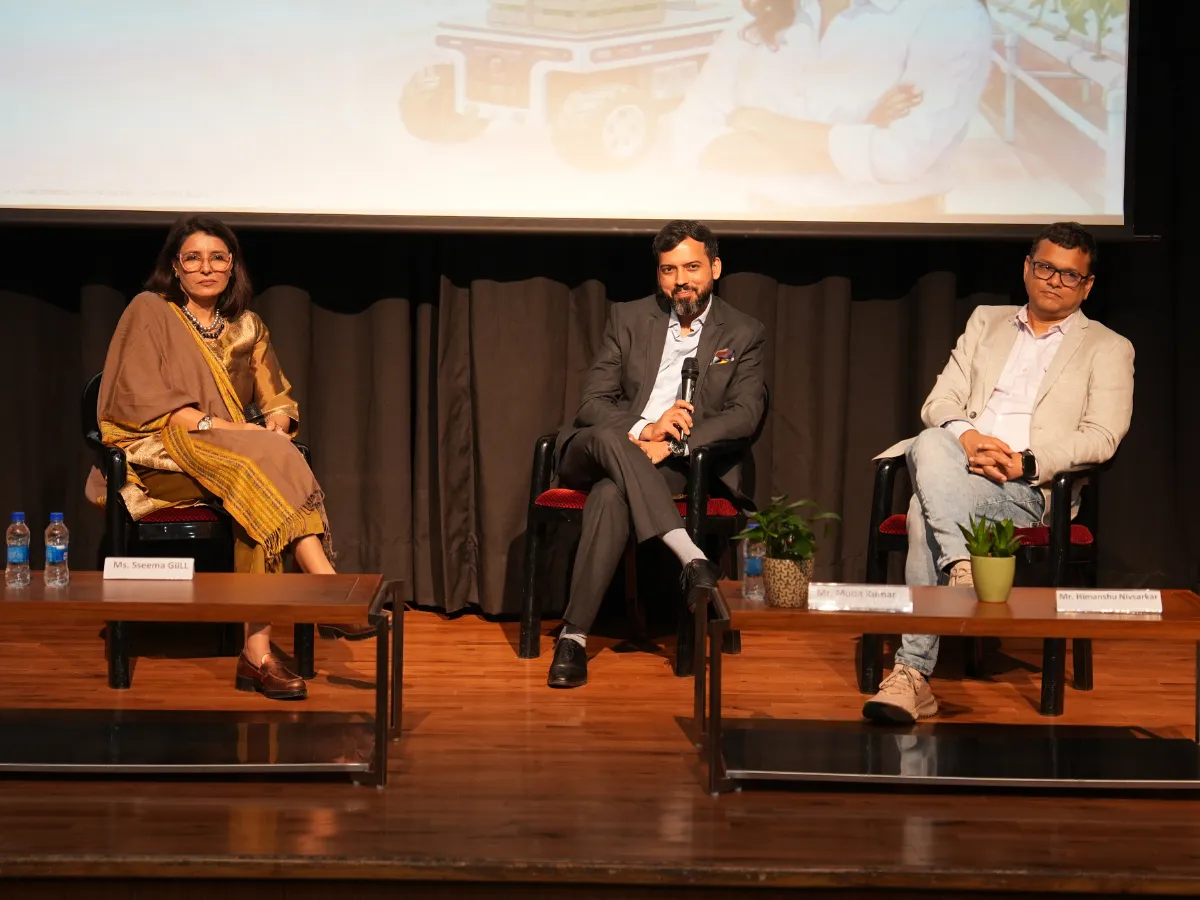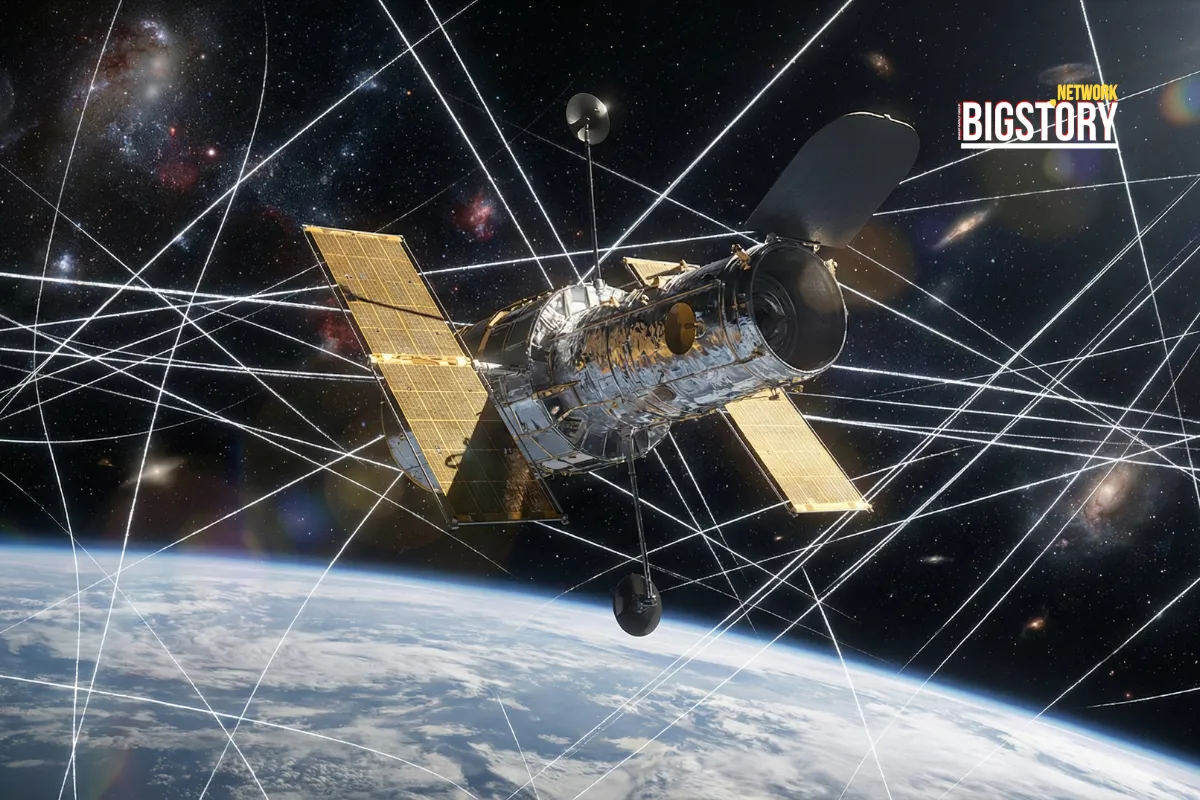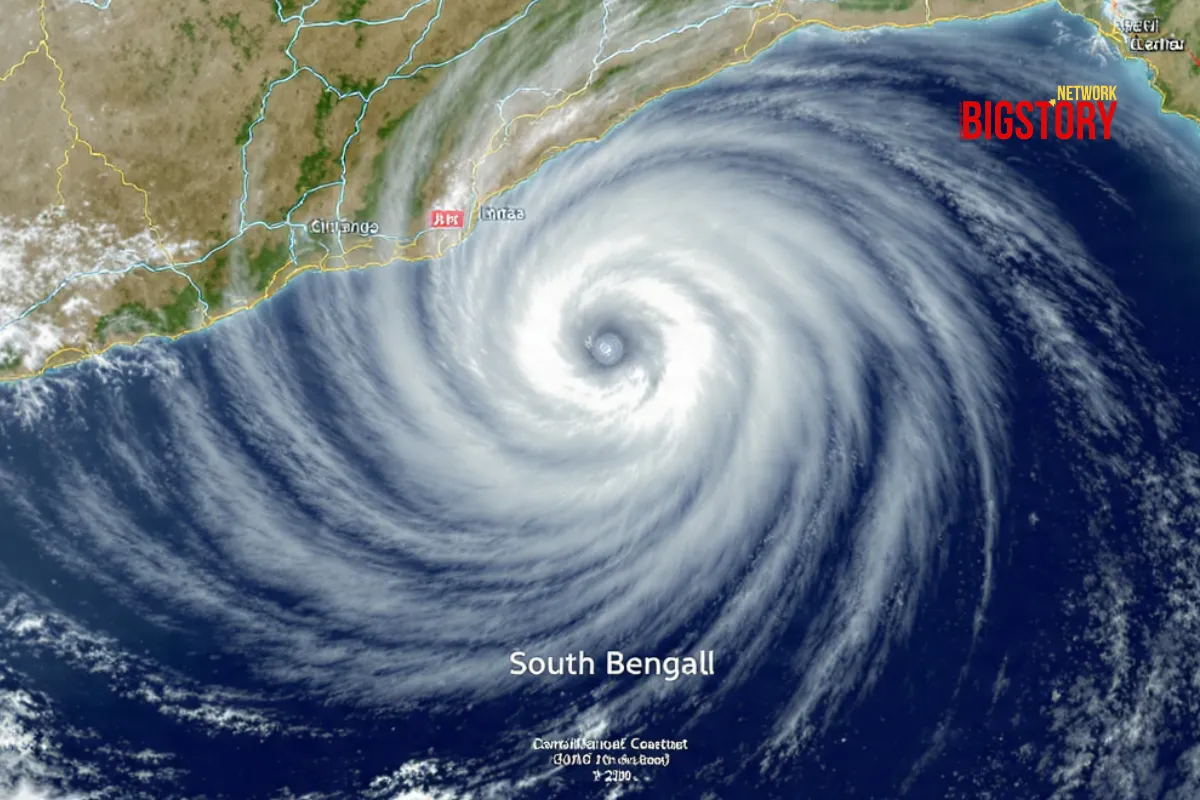NSA Ajit Doval revealed indigenous tech enabled India to hit nine targets in 23 minutes during "Operation Sindoor," praising precision and self-reliance.
 Vinayak Singh
Vinayak Singh

CHENNAI, INDIA — India's National Security Advisor (NSA) Ajit Doval has revealed that indigenous technology played a pivotal role in the precision and swift execution of "Operation Sindoor," a recent counter-terrorism operation that saw India hit nine targets criss-crossing Pakistan in a remarkably short span of just 23 minutes. Speaking at the 62nd convocation of IIT Madras on Friday, Doval lauded India's self-reliance in defense technology and challenged foreign narratives questioning the operation's success.
"We decided to have nine terrorist targets in the criss-cross of Pakistan; they were not in the border areas. We missed none. We hit nowhere else except that. It was precise to the point where we knew who was where," Doval stated, amidst strong applause. He elaborated that the entire operation began at 1:05 AM and concluded by 1:28 AM on May 8, a total duration of just 23 minutes. This level of precision and speed, according to Doval, was a testament to India's burgeoning indigenous defense capabilities.
Operation Sindoor, launched on the night of May 7-8, 2025, was a calibrated military response to a terrorist attack on tourists in Pahalgam in April 2025, which claimed the lives of 26 civilians. The operation targeted terrorist infrastructure belonging to groups like Lashkar-e-Taiba (LeT) and Jaish-e-Mohammed (JeM) in Pakistan and Pakistan-occupied Jammu and Kashmir (PoJK), explicitly avoiding Pakistani military or civilian facilities. Targeted sites reportedly included the LeT headquarters in Muridke and the JeM headquarters in Bahawalpur.
Doval highlighted the crucial role of "indigenous content" in the operation's success. He specifically mentioned systems like BrahMos missiles, integrated air control and command systems (IACCS), radars, and battlefield surveillance technologies. "We are really proud of how much indigenous content was there, and some of the best systems were worked," he asserted, emphasizing India's growing capability for "contactless warfare."
The NSA also took a strong stance against what he termed "biased narratives" from certain sections of the foreign press regarding the operation's aftermath. He challenged them to "show even one image, one photograph, which shows any damage to any Indian structure, even a glass pane being broken" during Pakistan's retaliatory attempts. He contrasted this with satellite imagery that, he claimed, showed significant changes in 13 Pakistani airbases post-May 10, indicating India's capability to inflict damage.
Beyond Operation Sindoor, Doval underscored India's broader commitment to technological self-reliance, particularly in critical areas like communication. He cited India's achievement of developing a completely indigenous 5G communication system in just two and a half years, without importing any foreign technology, a feat he contrasted with the 12 years and $300 billion spent by China on similar development. This rapid indigenization was crucial for data protection and national security.
The NSA urged the graduating engineers and scientists from IIT Madras to contribute actively to making India a developed nation by 2047, particularly in military, economic, and science and technology fields. He emphasized that emerging technologies like Artificial Intelligence (AI) and Quantum Computing would be "great game changers" and that India must lead in these areas for strategic autonomy.
Operation Sindoor, as described by NSA Doval, not only showcased India's enhanced military precision and strategic resolve but also served as a powerful validation of its long-standing efforts to build a robust, self-reliant defense industrial base powered by indigenous technological innovation.






Sign up for the Daily newsletter to get your biggest stories, handpicked for you each day.
 Trending Now! in last 24hrs
Trending Now! in last 24hrs



